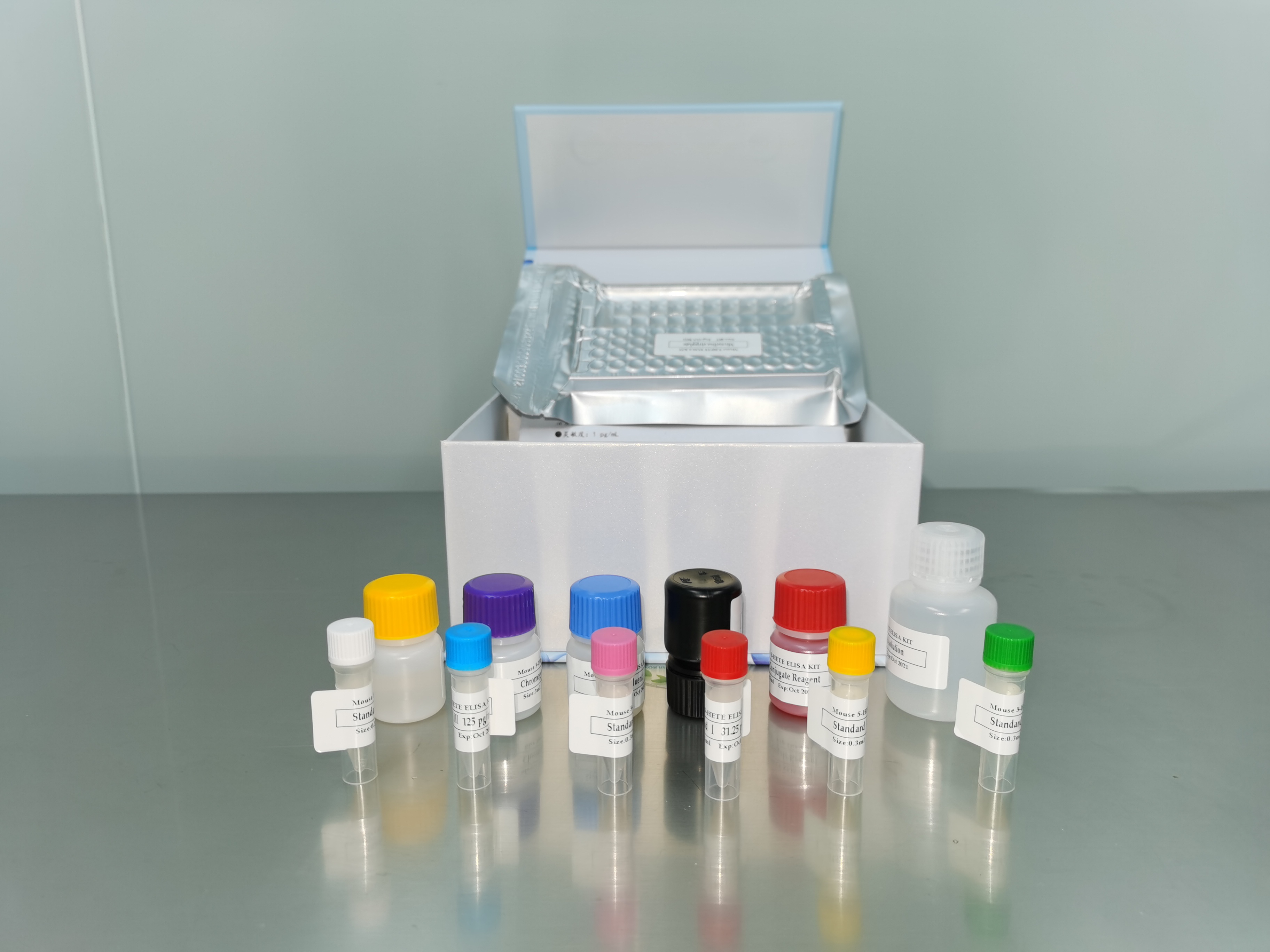| 产品名称: | Acanthamoeba polyphaga (Puschkarew) Page |
|---|---|
| 商品货号: | TS140021 |
| Strain Designations: | CCAP 1501/3b |
| Biosafety Level: | 1
Biosafety classification is based on U.S. Public Health Service Guidelines, it is the responsibility of the customer to ensure that their facilities comply with biosafety regulations for their own country. |
| Isolation: | Freshwater, Tuskegee, AL, 1965 |
| Product Format: | frozen |
| Storage Conditions: | Frozen Cultures: -70°C for 1 week; liquid N2 vapor for long term storage Freeze-dried Cultures: 2-8°C Live Cultures: See Protocols section for handling information |
| Type Strain: | no |
| Comments: | Saprozoic growth of Mycobacterium avium in coculture
phylogeny |
| Medium: | ATCC® Medium 712: PYG w/ Additives |
| Growth Conditions: | Temperature: 25°C
Culture System: Axenic
|
| Cryopreservation: | Harvest and Preservation
|
| Name of Depositor: | CCAP |
| Chain of Custody: | ATCC |
| Year of Origin: | 1965 |
| References: | Alves JMP, et al. Random amplified polymorphic DNA probes as a tool for the characterization of Brazilian keratitis isolates of the genus Acanthamoeba. Braz. J. Med. Biol. Res. 33: 19-26, 2000. Daggett PM, et al. Distribution and possible interrelationships of pathogenic and nonpathogenic Acanthamoeba from aquatic environments. Microb. Ecol. 8: 371-386, 1982. Daggett PM, et al. A molecular approach to the phylogeny of Acanthamoeba. Biosystems 18: 399-405, 1985. PubMed: 4084681 Page FC. Re-definition of the genus Acanthamoeba with descriptions of three species. J. Protozool. 14: 709-724, 1967. PubMed: 5604481 Steinert M, et al. Mycobacterium avium bacilli grow saprozoically in coculture with Acanthamoeba polyphaga and survive within cyst walls. Appl. Environ. Microbiol. 64: 2256-2261, 1998. PubMed: 9603844 |


